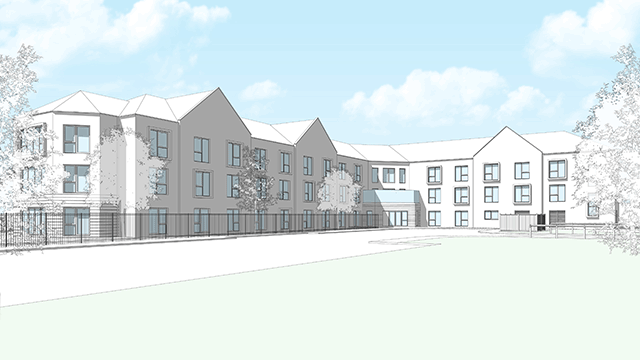Exclusive EG data suggests that local authorities in London are becoming less friendly towards residential development.
The number of schemes being refused planning permission across the capital in Q4 2017 was the highest since Q4 2015, with more than a quarter of all projects submitted falling foul of planners.
The upcoming local elections in May could be a factor, as councillors become more likely to appease objectors to appeal to potential voters.
The percentage of refusals has risen from around 6% at the start of 2012 to 26% in Q4 2017.
This equates to 18% of all units submitted in Q4 2017 being refused permission – up from a low of 2% in Q4 2012.
Since the start of 2012, over 1,000 schemes have been refused, totalling more than 36,000 units.
The data shows that larger projects with more units are more likely to succeed.
The time, effort, and added resources that bigger players can dedicate to more strategic sites could be a factor, meaning that smaller schemes – often proposed by SMEs – have a much tougher and often more costly experience of the planning system.
The data shows that around a third of small schemes (10-25 units) have been turned down for planning permission since 2015.
Refusals hit a high of 34% in Q2 2017, compared to an average of 12% between 2012 and 2014.
However, the recent draft London Plan shows signs that City Hall has acknowledged too many small sites are turned down for planning permission.
For the first time, the plan set a target for small sites (those with capacity for up to 25 homes), including a presumption in favour of developments within 800m of a train station and with a Public Transport Access Level (PTAL) rating of between 3-6.
The plan states that local boroughs should “recognise in their development plans and planning decisions that local character evolves over time and will need to change in appropriate locations to accommodate additional housing provision and increases in residential density through small housing developments”.
The heat map above – showing which boroughs take the longest to approve schemes of between 10-25 homes – is almost a mirror image of total delivery, with much of London’s housing being delivered in the boroughs of Tower Hamlets and Newham in recent years.
This indicates that local authorities’ workload and available resource are the largest influence on the time it takes to approve schemes.
The map below shows all of the schemes that have been refused planning permission since 2012.
Could those of 25 units or less that meet the draft London Plan criteria be overturned with a more welcoming planning framework?
If you are interested in the data behind this story, contact Rob Mower on 020 7911 1431 or email rob.mower@egi.co.uk
To send feedback e-mail paul.wellman@egi.co.uk or tweet @paulwellman eg or @estatesgazette










